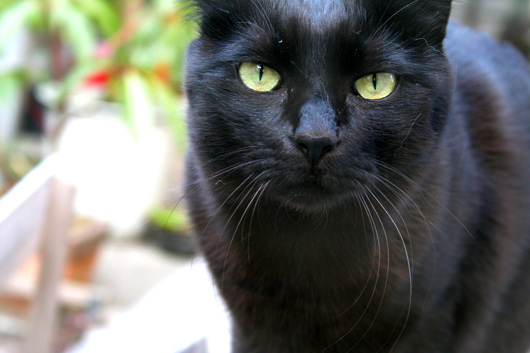As the saying goes, “you are what you eat.” But what if your body can’t properly digest what you consume? This is the case for those with megaesophagus, a condition where the esophagus becomes enlarged and loses its ability to move food down to the stomach. For those living with megaesophagus, finding the perfect diet can be a daunting task. In this article, we’ll explore the ins and outs of megaesophagus and provide tips for finding the ideal diet to manage this condition.
1. “The Challenge of Megaesophagus: Navigating the World of Diet”
Living with megaesophagus can be a challenging experience, especially when it comes to navigating the world of diet. Megaesophagus is a condition that affects the esophagus, making it difficult for food to pass through to the stomach. This can cause a range of symptoms, including regurgitation, vomiting, and difficulty swallowing. To manage these symptoms, it’s important to follow a specific diet that can help to ease the strain on the esophagus.
One of the key components of a diet for megaesophagus is to eat smaller, more frequent meals throughout the day. This can help to reduce the amount of food that needs to pass through the esophagus at once, making it easier to swallow and digest. It’s also important to avoid foods that are difficult to swallow, such as large pieces of meat or tough, fibrous vegetables. Instead, focus on softer, more easily digestible foods like soups, stews, and purees. Additionally, it’s important to stay hydrated by drinking plenty of water throughout the day, as dehydration can exacerbate symptoms of megaesophagus.
2. “From Kibble to Homemade: Exploring the Best Diet Options for Megaesophagus”
When it comes to feeding a dog with megaesophagus, there are several options to consider. While kibble may be the most convenient and affordable option, it may not be the best choice for all dogs. Here are some other diet options to explore:
- Homemade diets: Homemade diets can be tailored to meet the specific needs of a dog with megaesophagus. They can be made with fresh, whole ingredients and can be cooked or raw. However, it is important to work with a veterinary nutritionist to ensure that the diet is balanced and meets all of the dog’s nutritional needs.
- Wet food: Wet food can be easier for dogs with megaesophagus to swallow than dry kibble. It also tends to have a higher moisture content, which can help with hydration. Look for wet food that is low in fat and high in protein.
- Hydrolyzed protein diets: Hydrolyzed protein diets are made with proteins that have been broken down into smaller pieces, which can be easier for dogs with megaesophagus to digest. These diets are also less likely to trigger an allergic reaction.
It is important to work with a veterinarian to determine the best diet for a dog with megaesophagus. They can help you choose a diet that meets your dog’s nutritional needs and is easy for them to swallow. They can also monitor your dog’s weight and overall health to ensure that the diet is working well for them.
3. “Finding the Perfect Match: Tips for Creating a Nutritious and Manageable Diet for Megaesophagus Patients
Living with megaesophagus can be a challenge, especially when it comes to eating. This condition affects the muscles in the esophagus, making it difficult to swallow food and liquids. As a result, megaesophagus patients require a special diet that is both nutritious and manageable. Here are some tips to help you create the perfect diet for your furry friend:
- Choose soft, moist foods: Foods that are soft and moist are easier to swallow and digest. Opt for canned or wet food instead of dry kibble.
- Feed small, frequent meals: Instead of feeding one or two large meals, feed your pet several small meals throughout the day. This will help prevent regurgitation and make digestion easier.
- Avoid foods that are difficult to swallow: Foods that are hard, crunchy, or sticky can be difficult to swallow and may cause choking or regurgitation. Avoid these types of foods and opt for softer alternatives.
It’s important to work closely with your veterinarian to create a diet plan that meets your pet’s specific needs. They may recommend adding supplements or adjusting the amount of food your pet eats based on their individual requirements. With a little patience and dedication, you can create a diet that helps your furry friend live a happy, healthy life despite their condition.
In conclusion, managing megaesophagus through diet can be a challenging task, but it is not impossible. By working with your veterinarian and finding the perfect match of food and feeding techniques, you can provide your furry friend with the nourishment they need while minimizing the risk of aspiration and discomfort. Remember to always monitor your pet’s condition and adjust their diet accordingly. With patience, dedication, and a little bit of creativity, you can help your beloved companion live a happy and healthy life despite their condition.

